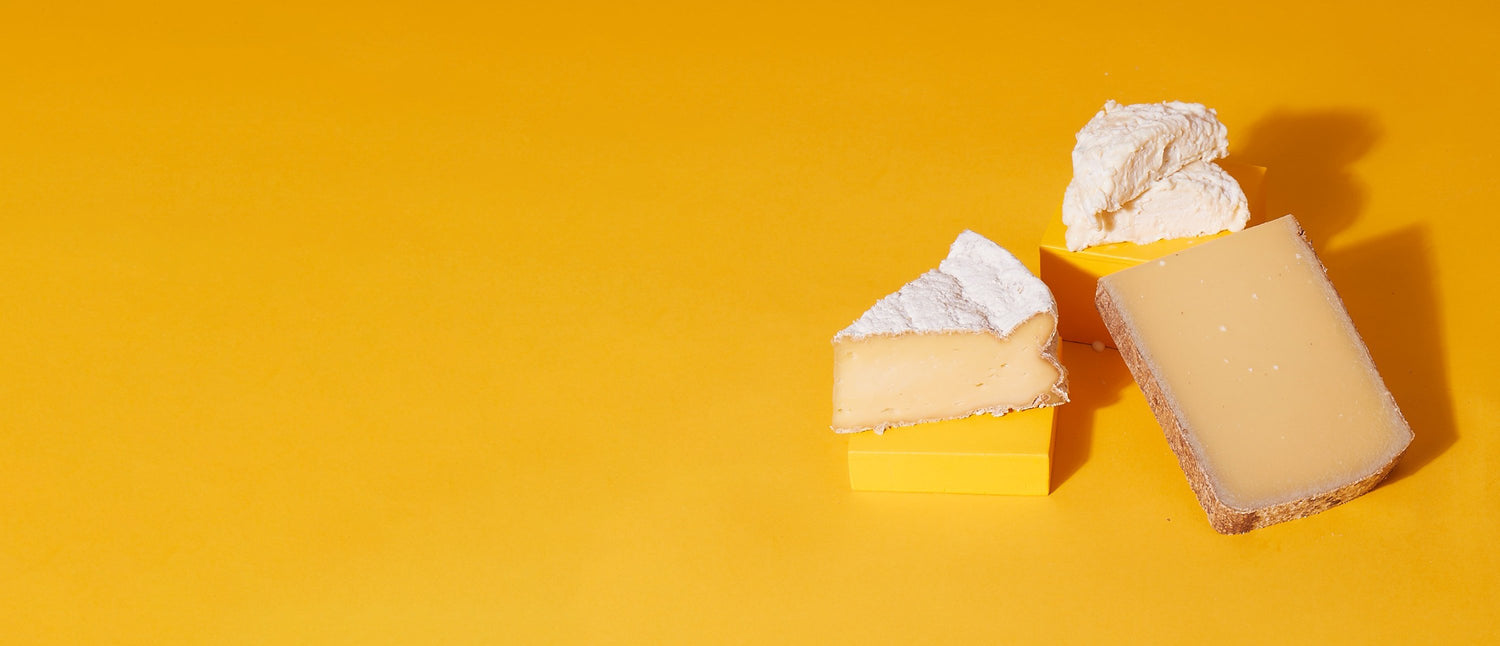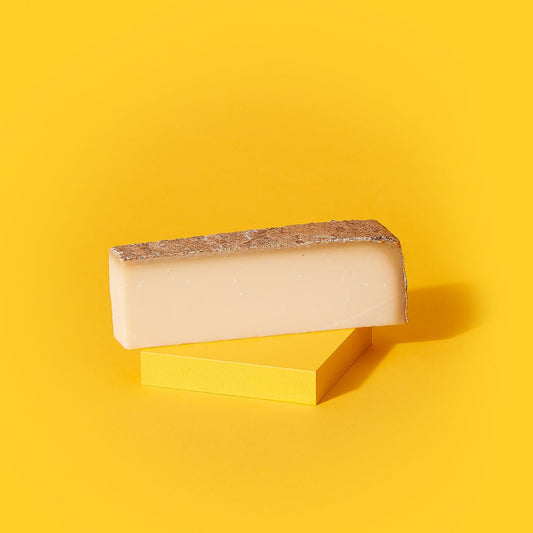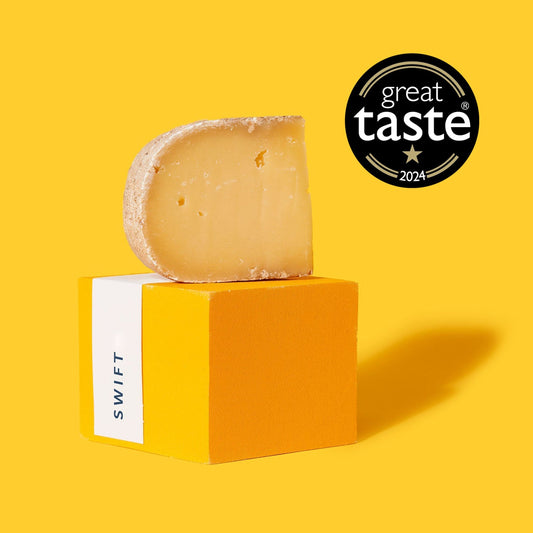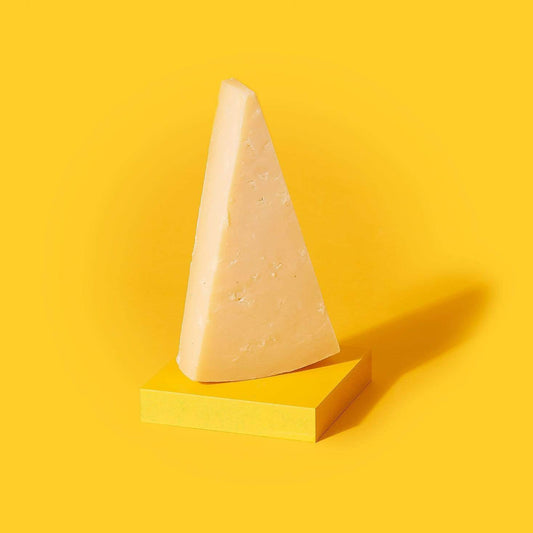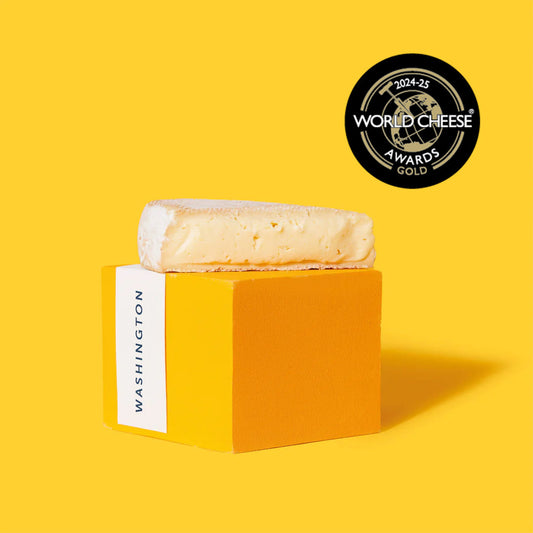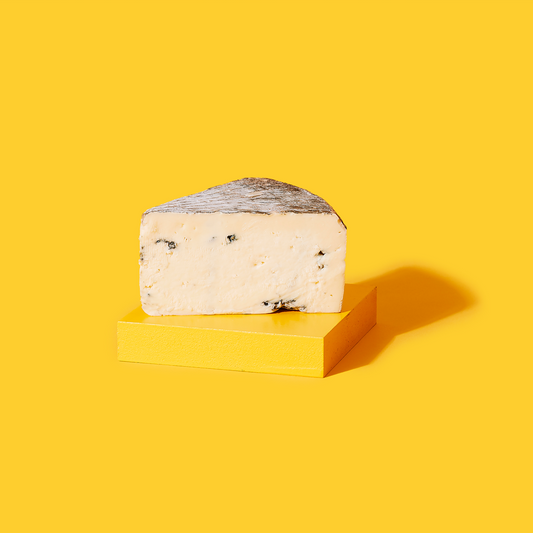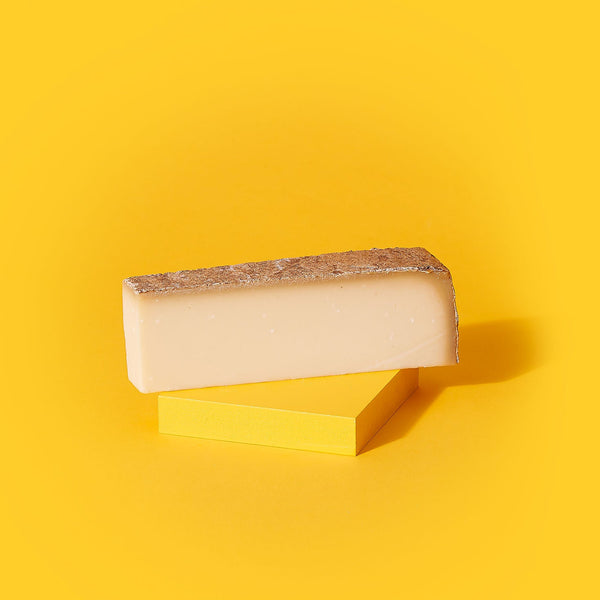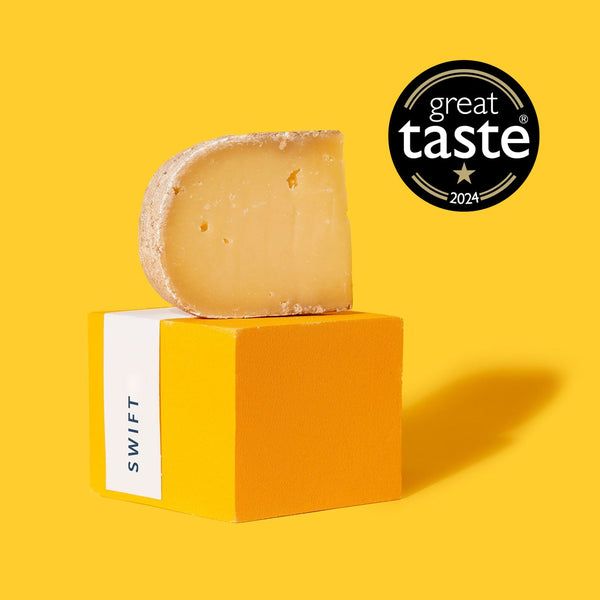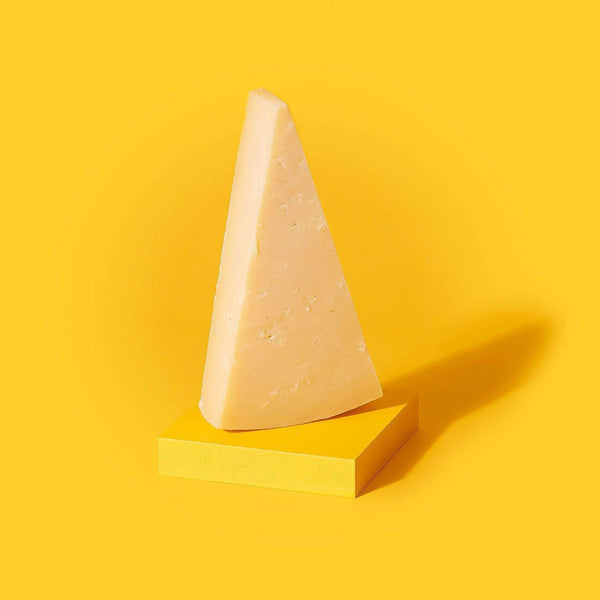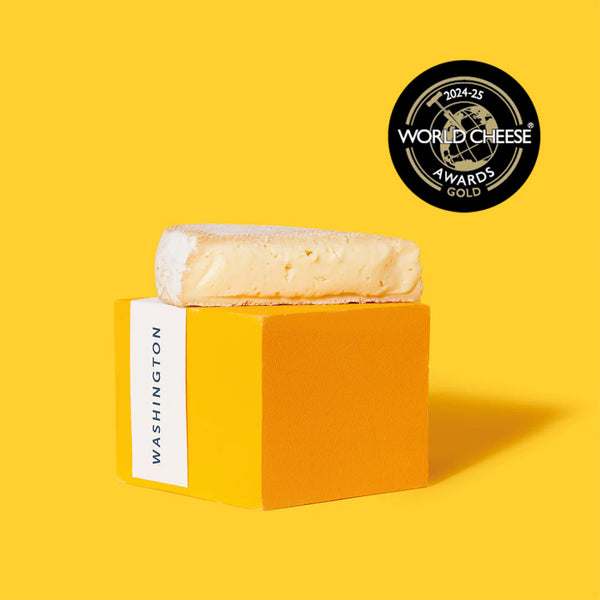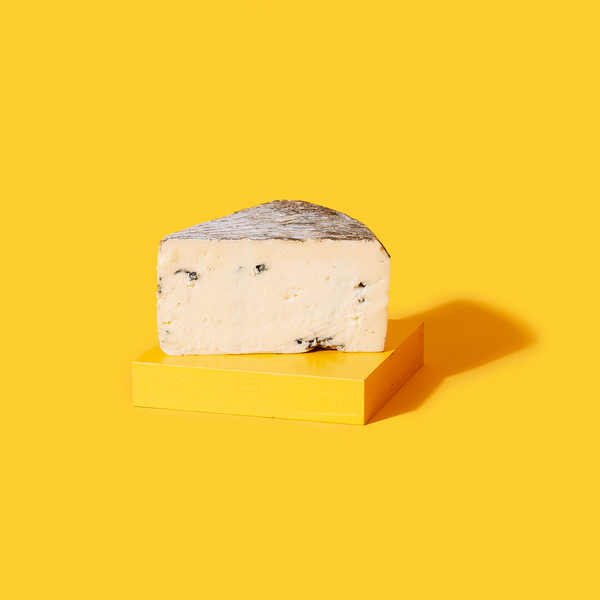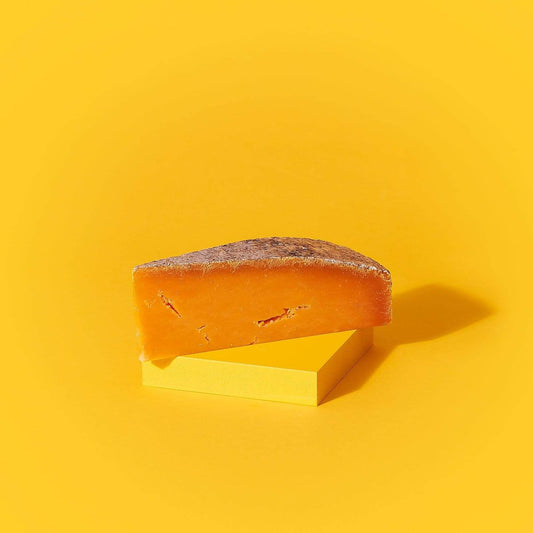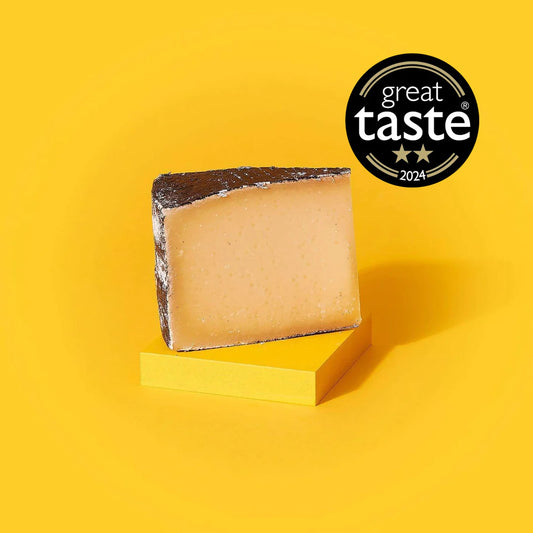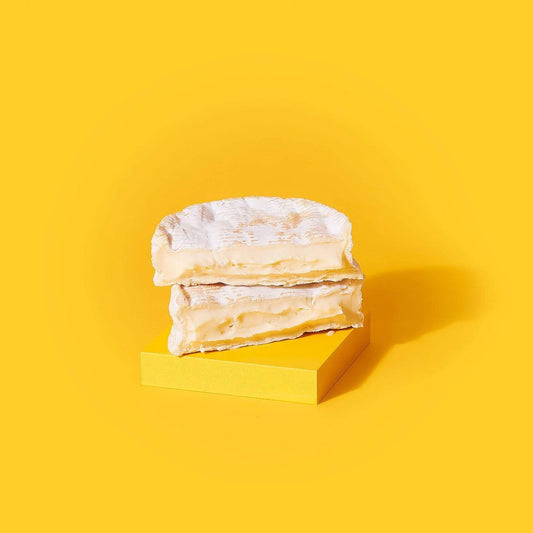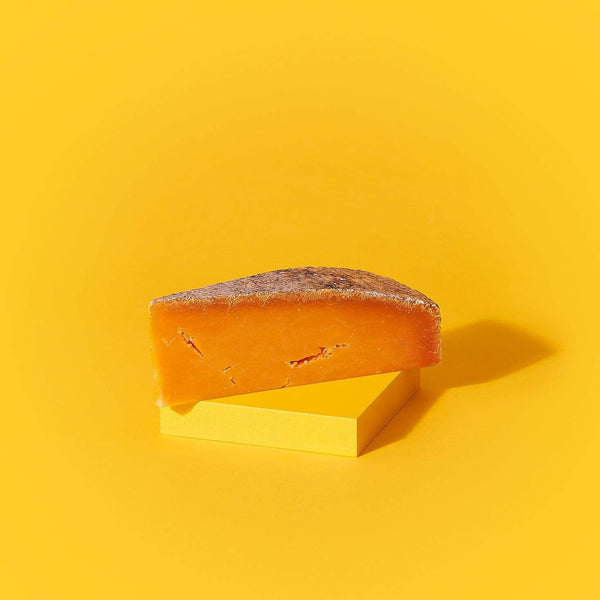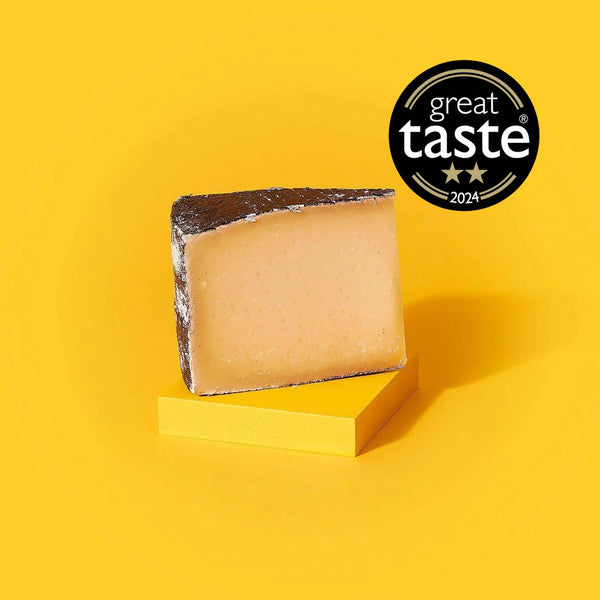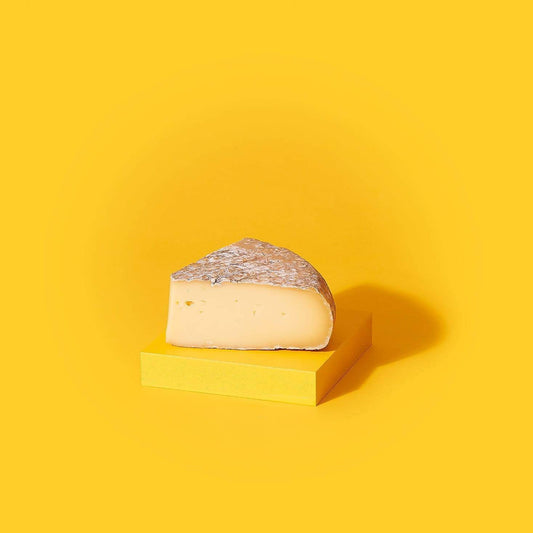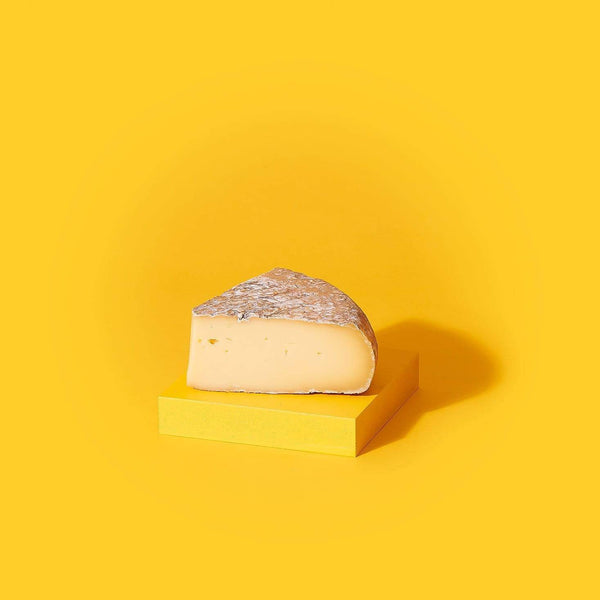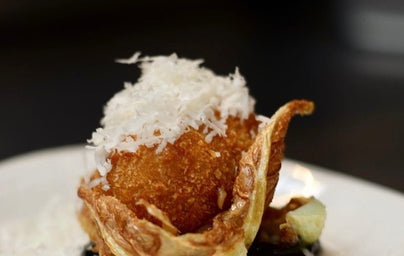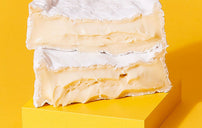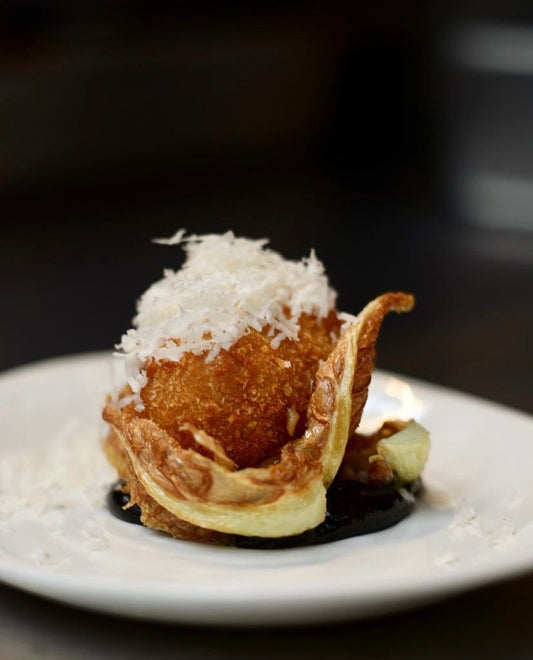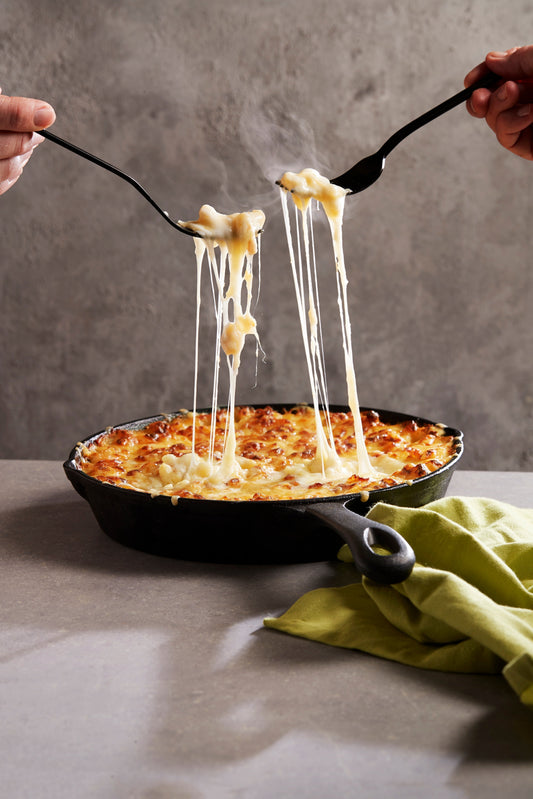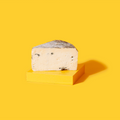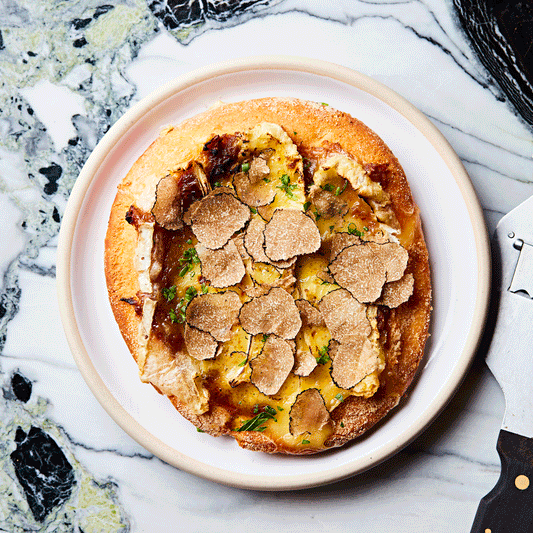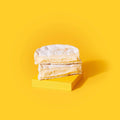Share
Cheese, aside from being the most delicious food stuff on the planet, can be somewhat mysterious. There’s a lot of technical jargon that, to the regular everyday cheese fan, is a bit overwhelming. Here at HQ, there’s nothing we like more than getting really geeky about cheese, so we’ve put together a glossary of all the need to know terms in the world of cheese!
Affinage
The art of aging cheese. If it’s not the fresh stuff like a ricotta, your cheese requires a skilled affineur with incredible knowledge of the perfect temperature, conditions and care methods to mature humble curds into the majestic cheeses we get to enjoy!
Annatto
The natural red dye that is used to colour some cheeses
Artisanal
Artisanal cheese is made by hand on a smaller scale than industrial making and with more traditional methods. When cheese gets the TLC it deserves we believe you can truly taste it in the end product!
Bloomy
Bloomy refers to a type of rind that develops on the outside of soft cheeses. A mould is introduced to cheeses like camembert that causes ripening from the rind inwards
Brining
Washing or soaking cheese in a salty solution to add umami flavour and produce certain rinds
Brushing
No, not your hair! Brushing refers to the process of brushing the exterior of a naked cheese to keep the interior cheese moist and encourage cultures to form a complex natural rind.
Cheddaring
The process of cutting then cooking curds before piling them up and allowing them to drain. It’s a process used in (you guessed it) the making of cheddar cheese
Clothbound
This refers to cheeses that are aged in cheese cloth as opposed to naked or in wax. The cloth helps to form a barrier against unwanted blueing. Many traditional British cheeses are covered in cloth and lard to be matured
Coagulation
When rennet is added to milk, coagulation occurs when the curds begin to come together and separate from the whey
Curds
Apart of milk made up proteins that coagulate and eventually form the cheese
Eyes
Small holes you see in cheeses such as Emmental and Gruyere. These little air pockets are formed by bacterias during the maturing process
Farmhouse
Cheese made by hand using milk that comes from the cheesemaker’s farm/property
Mold
We typically think of mold as a bad thing, but in many cheeses it’s what makes them fantastic. The gorgeous rind on your Brie? the tangy blue in your Stilton? MOLD
Pasteurisation
The process of heat treating milk to kill any potentially harmful microorganisms
Penicillium Candidum
The mold used to form the bloomy rind on soft ripened cheeses
Penicillium Roqueforti
The mould used to form the blue veining in blue cheeses
Pressing
The process of pressing the cheese curds to remove air bubbles, release whey and bind everything together
Rennet
An enzyme that can be both animal based or vegetarian. It is used to encourage the coagulation of curds
Ripe
The word used to describe when the cheese is at its optimum point of maturation and perfect to eat
Terroir
A term used to describe the unique environment in which the cheese is made and the unique flavour this imparts to the cheese. Whether it be the specific flora the herds graze on, the altitude and season in which the cheese is made, all of these factors impact the flavour.
Turophile
A cheese lover
Whey
The liquid component of milk that is separated from the curds during the cheese making process.

